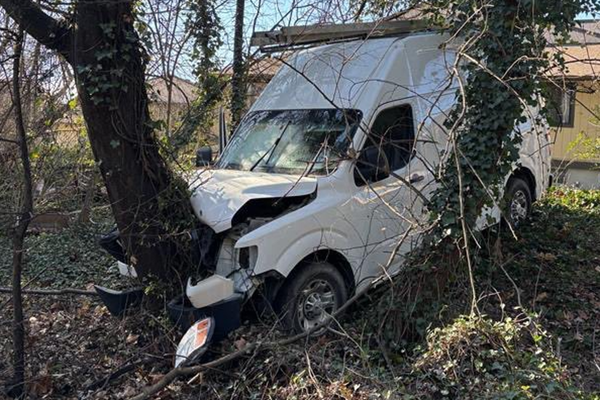

Every couple of years, you get a game from an esteemed studio that breaks away from said studio’s traditional formula. EA Black Box was no stranger to trying new things, but they truly went in an entirely different direction with Need for Speed: The Run. This is a game that combines illegal street racing with over-the-top, action-packed Hollywood sequences.
The history of Need for Speed has always been open-world maps, police chases, and competitive racing. Most people think of Underground 2 with what I just described. Instead, The Run was a radical departure from the heritage of the franchise, a daring gamble made by EA. This was no regular racing game, but was designed to feel less like a game and more like a movie.
The idea was to put an indebted hero against mobs of gangsters, cops, and acts of nature. Racing all over America for a $25 million cash prize, connecting each part of the game with the next to make it seem like a movie.
Blockbuster Ambition

Need for Speed: The Run had its priorities straight from the get-go, with the first scene of the game being a Quick Time Event where the protagonist, Jack Rourke, must battle his way out of the car before it gets smashed. This sets the tone that the game is heavily focused on tense action sequences, which will make you feel like you are part of a movie. However, this is just a glimpse of the gameplay, featuring cop fights, rooftop chases, and life-threatening fights with other gangsters.
The linear, stage-to-stage design of the game enables it to transition from one cinematic set piece to the next smoothly, and the diversity of settings is one of the greatest strengths of this game. The Avalanche Race is one of the more memorable sequences. Players have to drive through snow and ice and outrun the massive avalanche chasing them.
Another ridiculous set piece is the Chicago Urban Chaos, which involves a destructive pursuit by helicopters and gangsters. The environment is based on an industrial area, and the player has to avoid large objects falling on the road. One of the most exciting sequences is the Final Subway Chase, where you are driving recklessly through a tunnel and have to skillfully change lanes to avoid getting hit by the train.
This does not mean Need for Speed: The Run is solely focused on racing in cars, as it includes on-foot segments too. In Chicago, Jack’s car is stolen, and he has to fight a police officer while running across rooftops. In Vegas, he has to run from an officer and an attack dog to steal a car and escape.
A Technical Marvel, But Not Without Limitations

The game’s visuals were absolutely stunning as it was developed on the Frostbite 2 engine. EA’s proprietary game engine enabled the development of a diverse world, from the snowy roads of the Rocky Mountains to the deserts of Death Valley.
The sound design for the game seems straight out of a Christopher Nolan movie, augmenting every moment of high-speed mayhem. It also has one of the most vast color palettes in racing game history, making each track unique. It is a mix between the drifty feel of Hot Pursuit and the sim racing nature of the Shift series. The driving mechanics of the game feel heavy and distinct, making it simple yet engaging to play.
These accomplishments are overshadowed, however, by several limitations. The most obvious problem of them all is the game’s short length, as the whole game could have been finished in under three hours, leaving you unsatisfied. Additionally, the car unlocking mechanism is a huge design problem, as multiple cars were behind different challenges, and some were only accessible in the multiplayer mode, which cannot now be played.
Although the cinematic experience was the game’s strength, it also led to some frustration, as some QTEs and crashes felt forced, and players had no way of avoiding them. This took control of the game away from the players, making it restrictive. It was a very on-rails experience, with not much in the way of freedom.
A Polarizing Legacy

Need for Speed: The Run has one of the most complicated legacies in gaming history. Although it was a commercial failure and was savaged upon release for its short game time and lack of replayability, it has since gained a sturdy cult following.
Many players believe that the game lacked enough content, and the money they paid for it was not fulfilled, leaving them dissatisfied. The game included highly scripted events, and the players felt that their choices did not alter the result. Lastly, there was little to no customization of cars, which disappointed many loyal fans of Need for Speed, as it is known for its deep customization.
I acknowledge all of those shortcomings, but love the game regardless. The story was quite good, the setpieces were absurd, and the journey was a great adventure that lasted only a tad bit longer than most movies. Granted, I never paid full price for it at launch. It’s definitely worth checking out, especially considering how many Need for Speed fans skipped this one.







